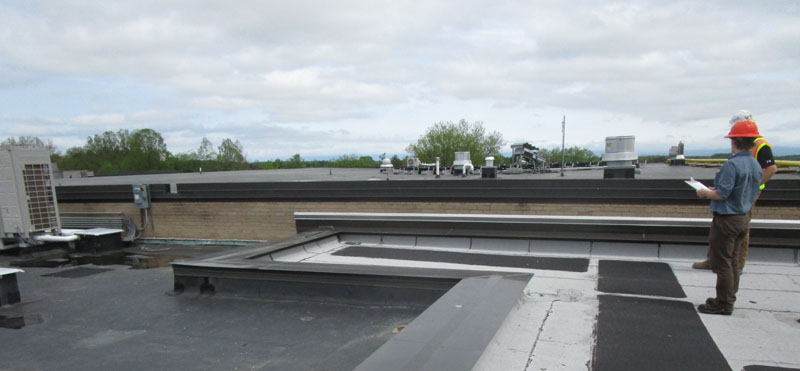Oftentimes a job requires working at elevated heights. We should all be mindful of the safety regulations when doing so to protect ourselves and those around us. Fall protection requirements can be confusing, but that’s where we can help. Working height, the task at hand, and what’s below you all factor in to determine what safety regulations apply. One thing that should not affect when to wear your harness is who may be looking. Accidents can happen to anyone and often when they least expect it. Always remember safety first – your life depends on it.
OSHA REQUIREMENTS
OSHA has several different requirements separated by industry but the two most applicable to what we do are 29 CFR 1910 (General Industry) and 29 CFR 1926 (Construction). Even within these regulations there are exceptions depending on the task, but those are outside of the scope of this article. The primary purpose of fall protection equipment is to prevent injury from falling or causing harm to yourself or others. For industrial maintenance, this generally means 4 feet above the lower level without an approved guard. Construction workers can go up to 6 feet.
There are several components to a fall protection system. Remember: it’s not the falling that will kill you, it’s the sudden stop at the end that causes injury or death. Physics tells us moving objects have energy based on the speed and mass of that object. The fall protection components must be strong enough to withstand the stopping force but elastic enough to absorb that energy.
KEY COMPONENTS OF FALL PROTECTION
The key components of fall protection are anchor point, lanyard, and harness. The harness must be a body harness with a connection point suitable to the task. Most often this is a D-ring in the middle of the back. The harness should fit snugly and be visually inspected before each use. The lanyard may be a retractable cable or nylon web device that extends or retracts as the worker moves around. There are also fixed length lanyards. Both styles of lanyards are designed to slow the falling body to a stop over a given fall distance to mitigate the force of the stop. The anchor point should be located above the work area within certain parameters. The capacity of the anchor point varies depending on the number of workers and the type of equipment used, but a rating of 5000 pounds static load will suffice for a single worker in most applications.
Do the rules make your head spin? We can help! Engineering Solutions offers fall protection ratings and design for a broad range of industries and applications. Horizontal life lines, multiple worker scenarios, vertical ascender lines, and temporary anchor points are some of the systems we can help with. We make sure your work is done safely and in compliance with the regulations so you can focus on what you do best: the job at hand.

